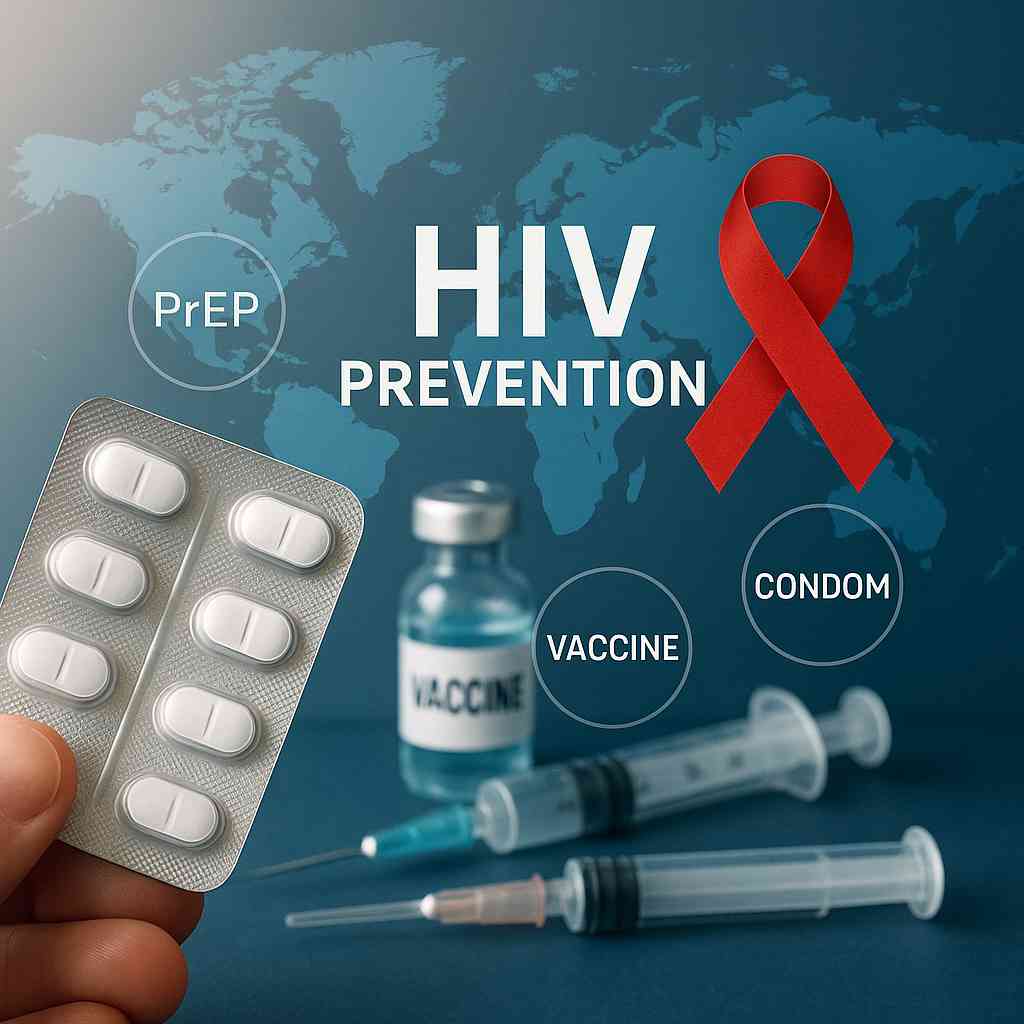Table of Contents
- Breakthroughs in Long-Acting HIV Therapies
- Gene Editing and Remission Research
- Advances in HIV Prevention and Access
- The Role of Digital Health in HIV Care
- FAQs
- Conclusion
Breakthroughs in Long-Acting HIV Therapies
Imagine managing HIV with just a few injections a year instead of daily pills. That vision is becoming a reality thanks to long-acting antiretroviral therapies (ART). In 2025, pharmaceutical leaders are rolling out injectable treatments like cabotegravir and rilpivirine, offering sustained viral suppression with fewer doses.
These innovations not only simplify adherence but also reduce the stigma of taking daily medication. In fact, many patients report feeling less anxious and more in control of their lives. Clinical trials show these long-acting treatments are just as effective as daily regimens, and even preferred by most participants.
Researchers continue to study next-generation options that could push dosing to every six months. As these therapies become more accessible, they have the potential to transform the global approach to HIV management.
Gene Editing and Remission Research
Could we one day cure HIV instead of treating it? The answer might lie in cutting-edge gene-editing technologies like CRISPR. While still in early stages, researchers are exploring how to edit immune cells to resist HIV infection or even eliminate latent virus reservoirs entirely.
One promising development involves modifying the CCR5 gene, which plays a key role in HIV’s ability to enter cells. Some individuals naturally lack this gene and are highly resistant to the virus. Scientists hope to replicate this genetic trait to protect or even cure others.
A few patients have already achieved long-term remission following bone marrow transplants with CCR5 mutations, though the procedure remains complex and risky. Still, these cases offer a glimpse of what’s possible and inspire continued research toward a scalable solution.
Advances in HIV Prevention and Access
Prevention remains a cornerstone of the global HIV response. In 2025, new forms of pre-exposure prophylaxis (PrEP) are reaching broader audiences. Long-acting injectable PrEP, such as Apretude, is gaining popularity for its convenience and effectiveness.
Unlike daily oral PrEP, Apretude requires an injection every two months. It’s already approved in many countries and is particularly valuable for populations with limited healthcare access or high stigma around HIV medication.
In addition, community-based delivery models and telehealth services are helping close the gap in access. Organizations are leveraging mobile clinics and home testing kits to reach underserved populations. For more information on prevention and care, visit Healthcare.pro.
The Role of Digital Health in HIV Care
Digital tools are also changing how HIV is managed and monitored. Mobile apps now help patients track medication schedules, monitor side effects, and communicate securely with healthcare providers. This tech-forward approach improves adherence and patient empowerment.
Artificial intelligence is even playing a role in predicting treatment outcomes. Machine learning models can analyze patient data to tailor regimens and flag potential issues early. This personalized approach supports better outcomes and more efficient care.
As telehealth expands, it’s also reducing barriers for those in remote or marginalized communities. Individuals can access counseling, prescriptions, and lab reviews without visiting a clinic—an especially important development post-pandemic.
For digital health strategies in healthcare marketing, explore eHealthcare Solutions.
Conclusion
The future of HIV treatment is rapidly evolving. With long-acting therapies, gene editing research, improved prevention tools, and digital innovations, 2025 promises new hope for millions. These advancements not only aim for better health outcomes but also greater equity and dignity in HIV care.
FAQs
What is the newest HIV treatment available in 2025?
Long-acting injectable ART, such as cabotegravir and rilpivirine, are among the most recent FDA-approved treatments gaining wide use.
Can HIV be cured with gene editing?
Not yet, but researchers are exploring gene-editing techniques like CRISPR to potentially achieve long-term remission or cure in the future.
Is injectable PrEP more effective than pills?
Studies show injectable PrEP is at least as effective as daily pills, and may be more convenient for certain populations.
How often do long-acting HIV treatments need to be taken?
Current injectables are administered monthly or bimonthly, with research underway to extend dosing intervals even further.
Are digital tools really helpful in HIV care?
Yes, apps and telehealth platforms improve adherence, track side effects, and provide easier access to medical support.
This content is not medical advice. For any health issues, always consult a healthcare professional. In an emergency, call 911 or your local emergency services.



